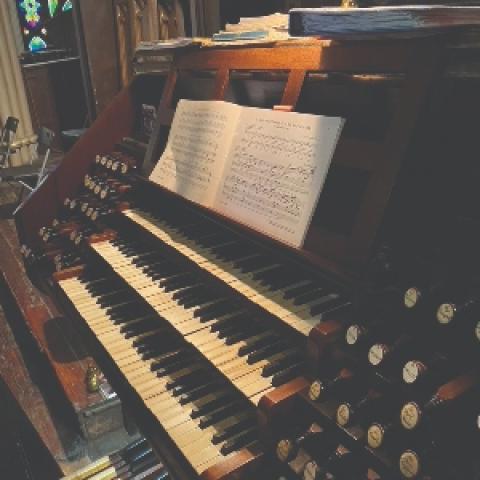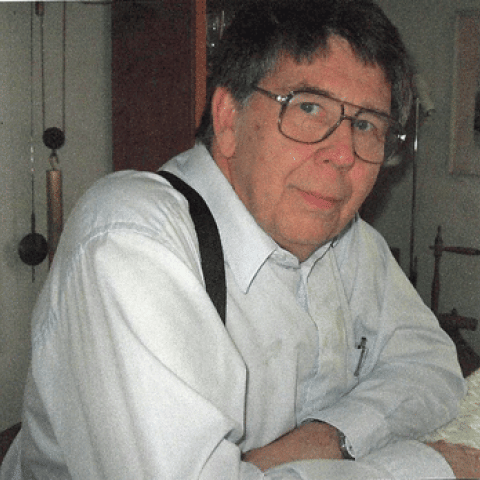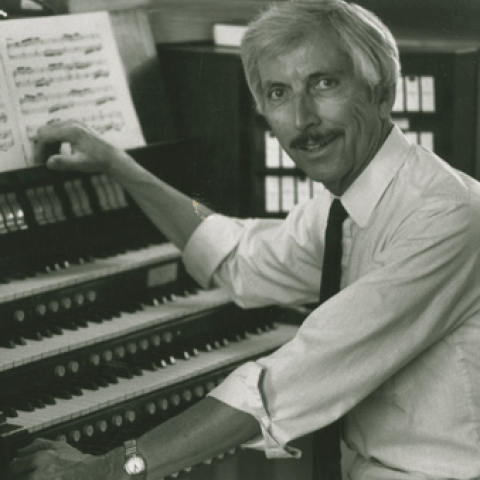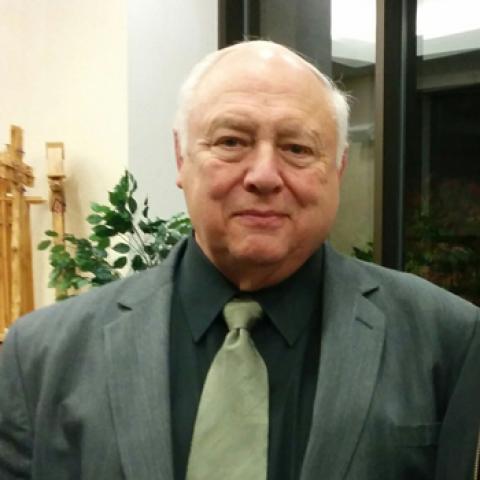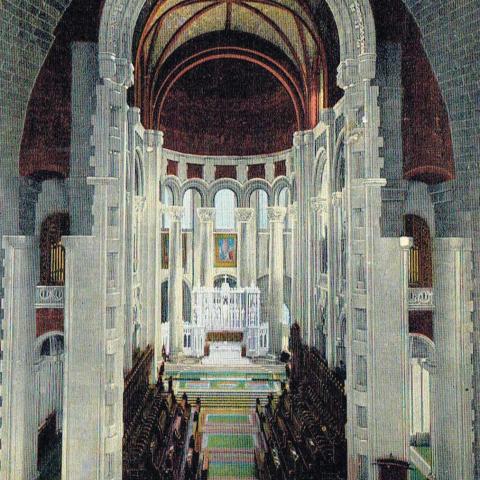
Raymond James Brunner, 71, organbuilder and organ historian, died November 17, 2020, in East Petersburg, Pennsylvania. Born June 19, 1949, in Lancaster, Pennsylvania, he was the author of a comprehensive study of 18th- and 19th-century Pennsylvania German organbuilders and their instruments, That Ingenious Business, published in 1990 by the Pennsylvania German Society. He was a member of the Organ Historical Society and the American Institute of Organbuilders.
In February 1981, Mr. Brunner founded the organbuilding firm Brunner & Heller in Marietta, Pennsylvania, with Alan E. Heller (1952–2008), becoming sole proprietor of R. J. Brunner & Co. of Silver Spring, Pennsylvania, in October 1984. Both had worked as organbuilders at James R. McFarland & Co., Millersville, Pennsylvania. The Brunner firm reorganized in 2016 as Brunner & Associates, LLC, with partners Hans Herr and Thomas Becker.
Organ restorations performed by Brunner and his firm include the organ built in 1770 by David Tannenberg at Zion Moselem Lutheran Church, Kutztown, Pennsylvania, and partial restoration of the 1804 Tannenberg at the York County Historical Society, York, Pennsylvania. Other restorations and restorative repairs include 18th- and 19th-century organs built by Krauss, Doll, Jardine, Felgemaker, E. W. Lane, Bohler, Pilcher, M. P. Möller, Hook & Hastings, Hall & Labagh, and others. As well, the firm has restored and rebuilt organs of later periods and actions and built new organs of mechanical and electro-pneumatic actions.
A 1971 graduate of Lehigh University, Bethlehem, Pennsylvania, with a degree in civil engineering, Brunner worked eight years with the Pennsylvania Department of Transportation in the Research and Development Department, becoming licensed as a professional engineer. He then switched careers to pursue organbuilding and his lifelong interests in precision woodworking and cabinetmaking, antiques, and Pennsylvania German history and culture. He was largely influenced by his grandmother, the late Hattie Klapp Brunner (1889–1982), who was a well-known researcher and dealer in Pennsylvania German antiques, becoming a celebrated folk-art painter at age 67 with her grandson’s encouragement.
Brunner attended Holy Spirit Lutheran Church for 35 years. He enjoyed classic cars, trains, and was a member of the Studebaker Drivers Club of America and the Studebaker Drivers Club-Keystone Region. Other pastimes included reading, especially early American history and genealogy, as well as world travel with his wife, Martha, and boating, camping, and swimming with his family on his family’s island in the Susquehanna River.
Raymond Brunner is survived by his wife, Martha Sweigart Brunner, and by his children with his first wife, organbuilder Ruth E. Rissmiller Brunner (1958–2003): Owen J. Brunner (Jaimie) of Bel Air, Maryland; Amy E. Moore (Jeffrey) of Columbia, Pennsylvania; and Amelia R. Brunner (fiancée of Nicholas), Rochester, New York. A public memorial service will be planned for a later date.
Other recent obituaries:


